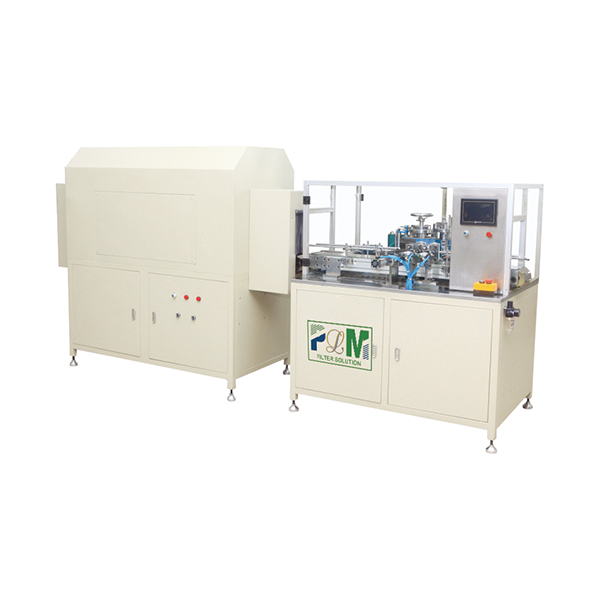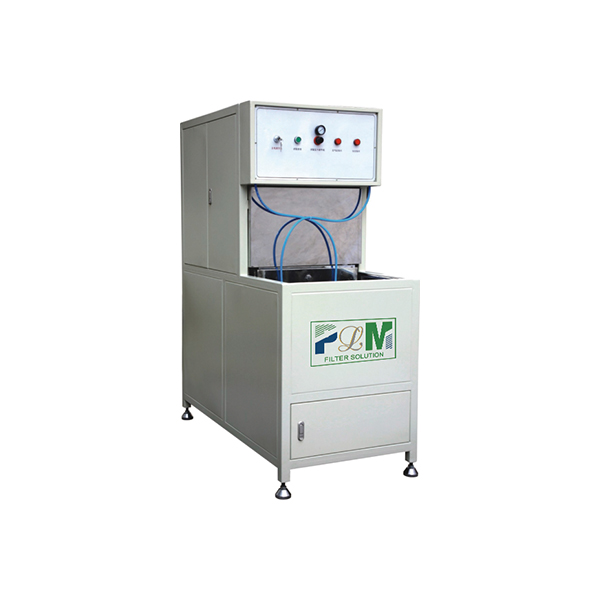Oct . 05, 2025 23:20 Back to list
Active carbon air filter for air purifier—odor control?
Active carbon filters for purifiers: what matters now (and what manufacturers rarely mention)
If you’re choosing an active carbon air filter for air purifier, you’re really buying two things: chemistry and consistency. The chemistry handles VOCs and odors; the consistency (manufacturing, trimming, sealing) decides whether that chemistry works in your specific machine without choking airflow. To be honest, that second part is underappreciated. I’ve stood on factory floors from Hebei to the Pearl River Delta watching carbon media get laminated, pleated, and — crucially — trimmed on finishing gear like the PLHX‑1 Cabin Filter Trimming Machine (origin: East of Anping County, Hengshui City, Hebei, China 053600). The clean edge and repeatable dimensions are what keep bypass leaks at bay.

Industry trend check
Post-renovation formaldehyde control, office VOCs from printers, and lingering kitchen odors are driving demand for higher carbon loading and smarter blends (coconut-shell carbon with acid/base impregnation). Labs ask for ISO 10121 gas-phase data; consumers ask for odor relief, fast. Meanwhile, ISO 16890 reminds everyone that gas capture and dust capture are different beasts — carbon pairs best with a decent ePM1 or HEPA stage.
How these filters are made (quick, real-world flow)
- Materials: nonwoven PP/PET substrate, coconut-shell activated carbon (iodine number ≈ 900–1100 mg/g), optional impregnations (KMnO4 for aldehydes), hot-melt or PU frame.
- Methods: powder-impregnated media or honeycomb granule cells; lamination; pleating (if combo with particulate layer).
- Finishing: trimming and squaring — often on PLHX‑1-class equipment — to match purifier bay tolerances; gasketing to prevent bypass.
- Testing: ISO 10121 (toluene/formaldehyde), GB/T 18801 and AHAM AC-1 for system CADR impact; odor panel tests (still useful, surprisingly).
- Service life: around 6–12 months in homes; faster exhaustion in smoking rooms or salons.
- Industries: residential purifiers, office IAQ retrofits, hospitality, vehicle cabins, labs (pre-chemical room stage).
Typical specs (gas-phase layer)
| Parameter | Typical value (≈, real‑world may vary) |
|---|---|
| Carbon type / iodine number | Coconut-shell AC, 1000 ±100 mg/g |
| Carbon loading | 180–350 g/m² (powder media) or 350–800 g per module (honeycomb) |
| Pressure drop @ 1.5 m/s | 40–120 Pa |
| Initial toluene removal (ISO 10121) | ≥ 85% first pass; 50% breakthrough at 60–120 min |
| Formaldehyde adsorption capacity | ≈ 8–20 mg/g (impregnated media) |
| Operating temp / humidity | 0–50°C; best < 70% RH |
Vendor snapshot (selection, not ranking)
| Vendor | Carbon loading | Pressure drop | Customization | Lead time | Notes |
|---|---|---|---|---|---|
| MFilterSolution line + PLHX‑1 finishing | Medium–High | Low–Mid | Sizes, frames, blends | ≈ 2–4 weeks | Tight trim tolerance helps fit. |
| Generic import (A) | Medium | Mid | Limited | 1–2 weeks stock | Watch variance between batches. |
| Brand OEM (B) | High | Low | Model-specific | 3–6 weeks | Price premium for validation. |
Where it shines (and doesn’t)
Best for: post-renovation aldehydes, paint/toluene, cooking odors, light smoke. Pair with HEPA for particles. Less ideal for very damp rooms (adsorption falls at high RH) or continuous heavy smoke — you’ll exhaust capacity quickly.
A quick field story
A 120 m² design studio ran two purifiers with active carbon air filter for air purifier modules (high-load media). Starting TVOC: 0.45 mg/m³. After 48 hours on medium fan: 0.08 mg/m³; staff noted paint odor dropped “within hours.” Pressure drop increase cut system CADR by ≈ 5% — acceptable, given the odor relief. Your mileage will vary with RH and source intensity.
Buying checklist (fast)
- Ask for ISO 10121 gas-phase data and ISO 16890 or AHAM AC-1 system impact.
- Confirm carbon type, loading, and impregnations for your target gases.
- Check trimming tolerance; leaks kill performance. The PLHX‑1-style finishing is there for a reason.
- Certifications: ISO 9001 plant, RoHS/REACH materials; GB/T 18801 compliance for China market.
- Plan service life: mark install dates; replace when odor returns or ΔP climbs.
Bottom line: a well-built active carbon air filter for air purifier balances carbon mass, airflow, and fit. The unsung hero is precision finishing — that last trim pass that keeps VOCs on the carbon, not sneaking around the frame.
References
- ISO 16890 Air filters for general ventilation — https://www.iso.org/standard/57838.html
- ISO 10121 Gas-phase air cleaning media and devices — https://www.iso.org/standard/53165.html
- AHAM AC-1 Method for measuring CADR — https://ahamverifide.org/for-industry/standards
- GB/T 18801 Air Cleaner Standard (China) overview — http://www.gbstandards.org/GB_standards/GB_T_18801
- US EPA Indoor Air Quality: VOCs — https://www.epa.gov/indoor-air-quality-iaq/volatile-organic-compounds-impact-indoor-air-quality
Comprehensive Guide to Filter Caps: Applications, Benefits & Future Trends
NewsNov.24,2025Filter Paper: Essential Guide for Industry and Global Applications
NewsNov.23,2025Essential Guide to Filter Materials: Types, Applications, and Future Trends
NewsNov.22,2025Efficient Long Pulse Dust Collector Pleated Filters for Superior Industrial Air Quality
NewsNov.22,2025Professional Air Filter Making Machine – Efficient Air Filtration Production Solutions
NewsNov.21,2025PLAB-6 A/B Glue System-Hebei Filter Man|Precision&Adjustable Speed
NewsNov.21,2025






